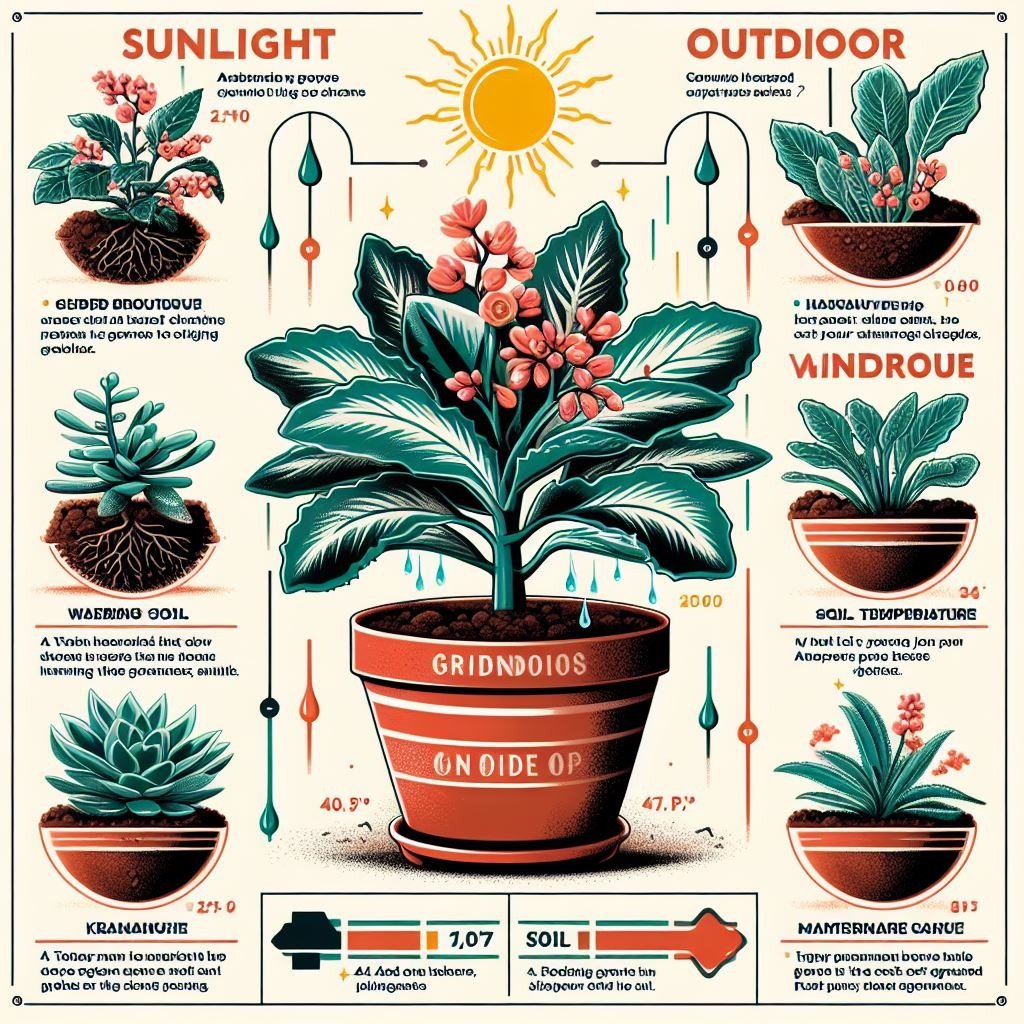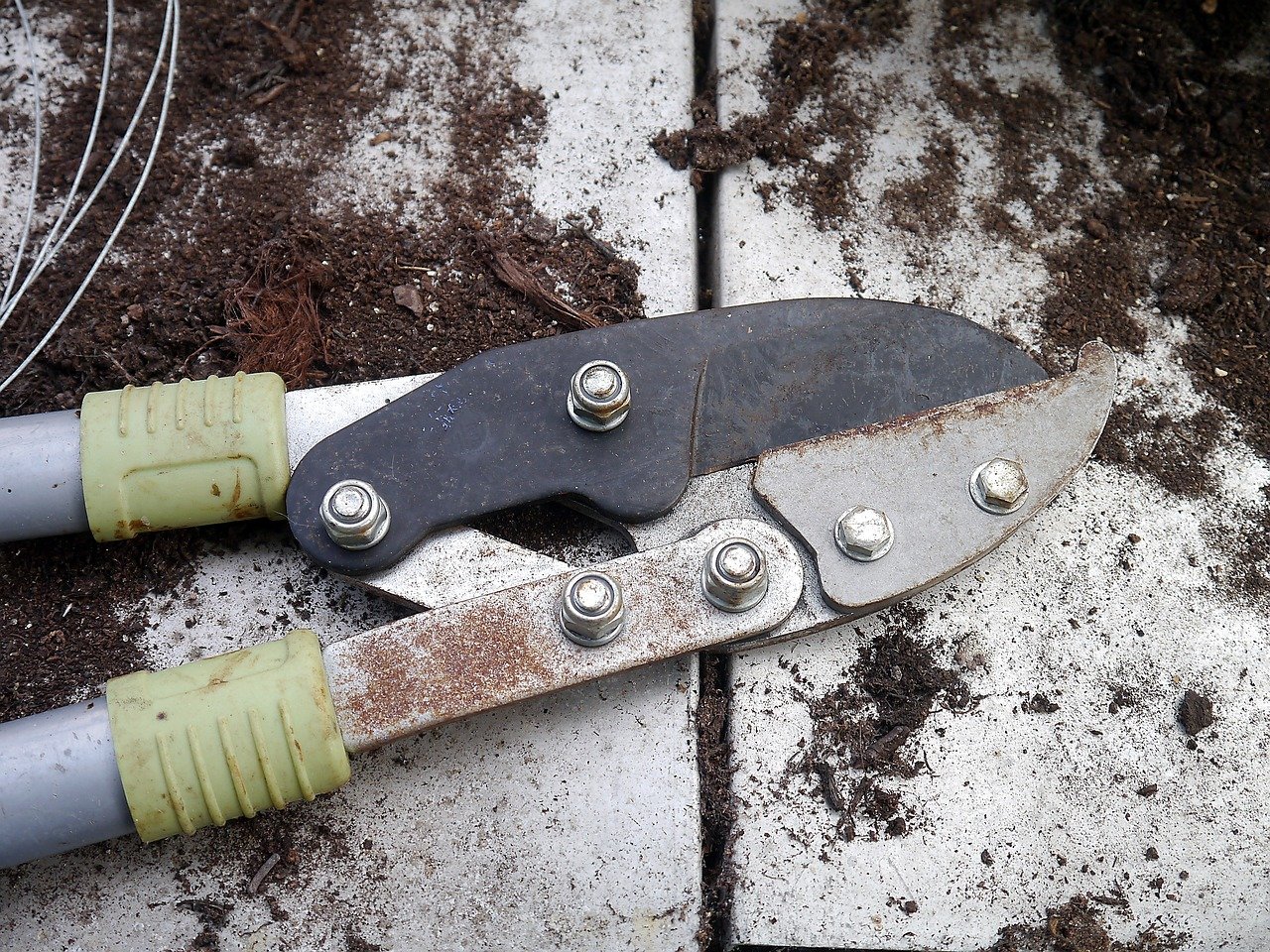
Timing is everything. When to plant strawberries for a great harvesting season is what you should worry about
When to plant strawberries In this book called “The Plot Hero’s Guide,” you are going to learn about the strategic

Kalanchoe plants belong to an appealing group of specimens for both interior and exterior landscapes due mainly to some factors such as the color of the flowers and their resilience. Depending on which tropical region you are from, they depend on a wide range of conditions but grow very well in different places. Kalanchoe is an admirable houseplant with high requests for indoor or outdoor strategies. Therefore, it is wise for you to know the exact needs and demands of this remarkable plant. We’re going to explore the items that can impact whether Kalanchoe is suitable for indoor or outdoor growing, and you’ll be provided with the knowledge required to make that decision within your gardening goals.
As the light requirements for the Kalanchoe plant rank among the top considerations when choosing indoor or outdoor grow sites, this factor should be given special attention. Kalanchoes are colloquially known as plants that can take lots of sunlight (you may have heard this). They can survive well with at least six hours of direct sunlight per day to be happy. Indoor surroundings may fail to provide optimal kalanchoe light levels, as most household and office places do not have enough sunlight falling through the windows. Making good decisions regarding the placement of a kalanchoe plant inside your home is extremely important. You need to be careful where you put your kalanchoe in the south or west-facing windows, where it can get the most sunlight during the day.
Outdoor environments often offer a happy situation where the plant has enough light. Whether you give this plant a little or ample room in your garden, placing it in a sunny spot in the garden will give it the full spectrum of natural light and the sun it requires to bloom and give it its colorful flowers. Nonetheless, not to forget that almost all Kalanchoes grown outdoors could appear damaged or scorched by the harshest midday sun without a little protection, as the rays of the hot sun are so intense that the delicate leaves can be without a doubt scorched.
Another vital point to note in the question of the wintering of Kalanchoe is the temperature. The kalanchoes, in general, do not mind so much the temperature but prefer a relatively warm and stable environment. Most ordinary homes and offices provide an internal temperature that is mostly consistent within the broad range preferred by kalanchoe plants, with average temperatures in this range being between 65 degrees Fahrenheit and 80 degrees Fahrenheit (18°C and 27°C). The temperature here, at 20–24 degrees Celsius, is perfect for these succulents’ needs.
From outside, the temperature is somewhat agitated; it may experience fast and drastic changes, going from day to night, as well as mild seasonal softening. But kalanchoes are less temperature-sensitive, so it is important to keep them out of prolonged periods below freezing, or else this might stress or even kill the plant. While kalanchoes can be grown outdoors in tropical places, they need to be brought in close to the fire for those who live in harsh winters.
Hindrances to the growth of a kalanchoe plant can happen because of even a mild thing like humidity, which may be at home or outside. The preference for succulents is a drier environment due to the excessive moisture that might provoke problems, fungal diseases, or rot. The air in the house is generally more humid than it is in an outdoor plant; education may lead to this interference. Avoiding the problem of not overwatering the plant and airing the soil thoroughly between waterings is of great importance here.
While the climate is more humid, continual misting will help create the ideal environment for these plants. In general, the surrounding environment is usually better ventilated and less humid outdoors, which is more beneficial for them. Although this is crucial, it is important to constantly check more about soil moisture to change the watering procedure when the weather or environmental situations change abruptly, as they affect the amount of water that a plant needs.
Soil standards that apply to the indoor cultivation of kalanchoe plants must be an absolute necessity. This is because if the soil requirements are not taken into account, then the survival of the plant will be jeopardized. Kalanchoes only create beautiful flowers in semi-dry and semi-sunny surroundings. They demand soil that can drain water well, is slightly acidic, and is full of nutrients. With regards to the soil mix used indoors, please understand that only those manufactured for cacti and succulents are appropriate for these plants because they provide the perfect drainage and maintain the optimal soil structure. Practically, the only condition that will influence our outdoor Kalanchoe plant to thrive is having your garden soils well-draining and affecting this with organic matter addition only.
However, concerning the indoor or outdoor option for a Kalanchoe plant, the answer is not straightforward; it is not an all-that-fit answer. These succulents favor adaptation, hence the variety of environments in which they can live, but they also have some specific requirements that need to be considered to ensure their longevity and success. If you take a close look at conditions in light, temperature, humidity, and soil, you can decide the best place for your Kalanchoe plant whether it is the nearest living space equipped with comfortable joy or the backyard garden outside. Superficially neglecting the plant does not mean that orchids are easy to grow. These garden ornaments are highly rewarding when cared for correctly, whether used as indoor plants or outdoors. That was all about: Is a kalanchoe plant indoors or outdoors?

Yes, kalanchoe is one of the plants that can be grown perfectly indoors if they receive the right amount of sunlight. Since kalanchoes like sun and light, the location should have bayed southern or western windows so that the plant can have clear direct light. Keep tracking the soil moisture level. Be very careful to avoid overwatering, as too much water often causes the root to rot.
Absolutely! Kalanchoe plants grow particularly well in gardens where they have sunny spots with good water drainage. Moreover, they do equally well in garden beds or containers. The direct, abundant sunlight and the warmer temperatures of an outside environment frequently permit kalanchoe plants to reach their maximum culmination, which is flower production that is vivid and vibrant. Nevertheless, they might need shelter from the most intense sunlight of the day and can be introduced indoors for the wintertime periods in regions where the winters can be unbearably cold.

When to plant strawberries In this book called “The Plot Hero’s Guide,” you are going to learn about the strategic

Best Pruner Anyone who enjoys maintaining a lovely garden knows you should choose the best pruners. Pruners are some of